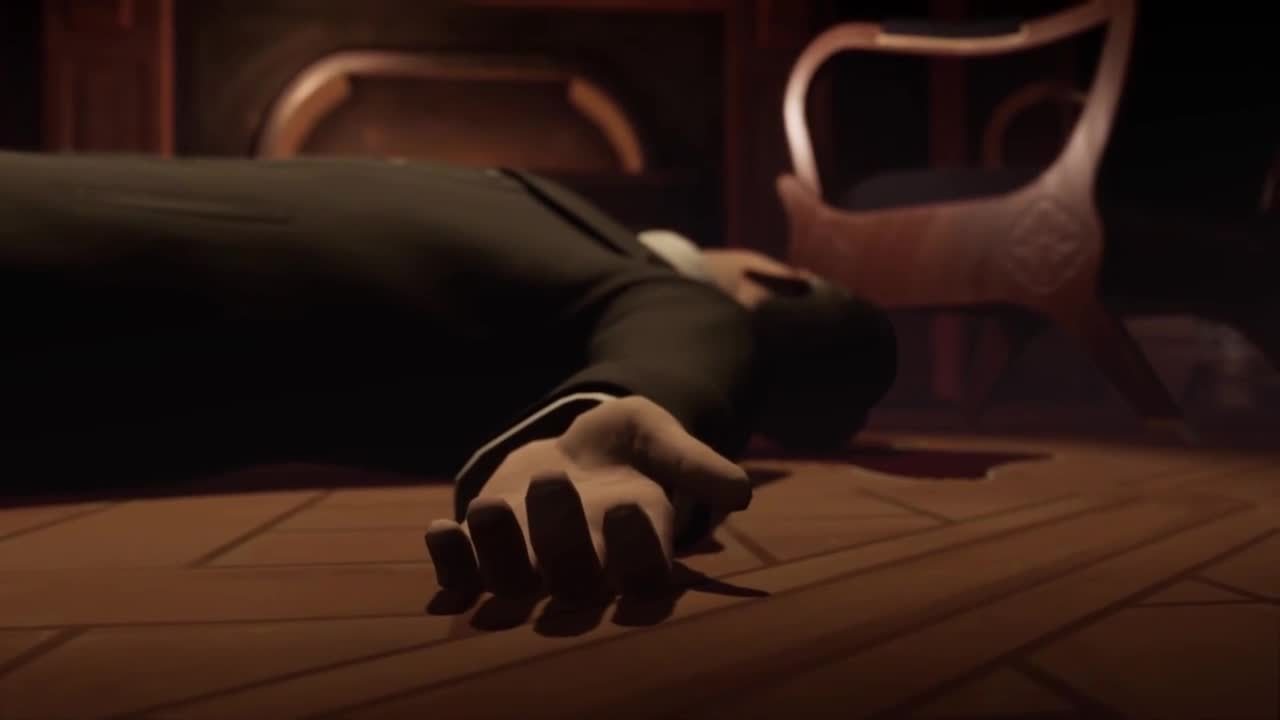The Invisible Hours is an interesting one. It’s not really a game, it’s more like a piece of interactive theatre.
On purchasing your ticket, you enter an old-style movie theatre and walk to your box. As you begin you are transported to a jetty, as a bearded fellow disembarks a small boat and makes his way up some steps, through the rain, towards a house perched on top of what is a small island.
At the top he comes across a crying woman who has been locked out of the house by its owner, one Mr Nikola Tesla.
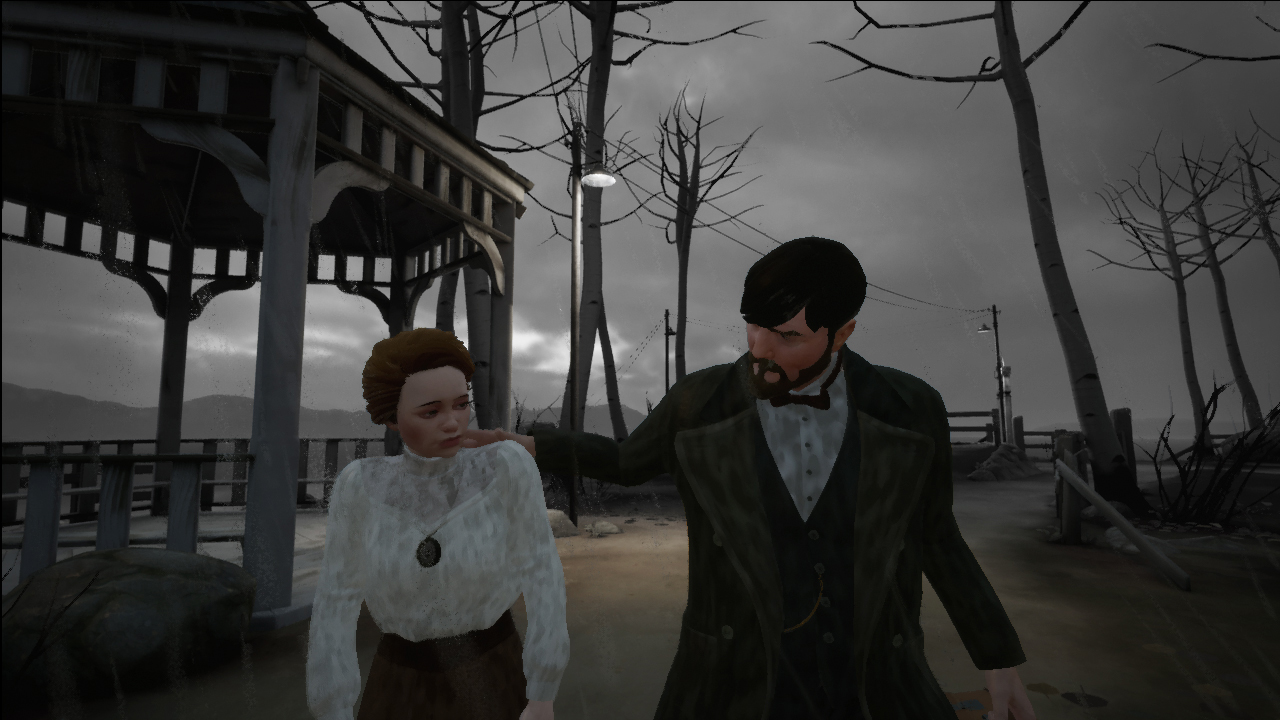
It’s quite incredible to be right there, standing next to the characters as they act out the story. The player isn’t a character in The Invisible Hours, instead they are just an observer, an audience of one watching the story however, and from wherever they wish.
The ability to pause, rewind and fast-forward the events playing out around you affords players the opportunity to thoroughly explore their surroundings, unhindered. This allows you to not only play at your own pace, but also to experience the story from the different characters’ perspective.
Pausing the bearded man’s conversation with the distraught woman, rain hanging in the air, waiting for time to resume, I checked out the back of the house. There I found an interesting discovery – an unmistakable structure, almost identical to Tesla’s Wardenclyffe tower.
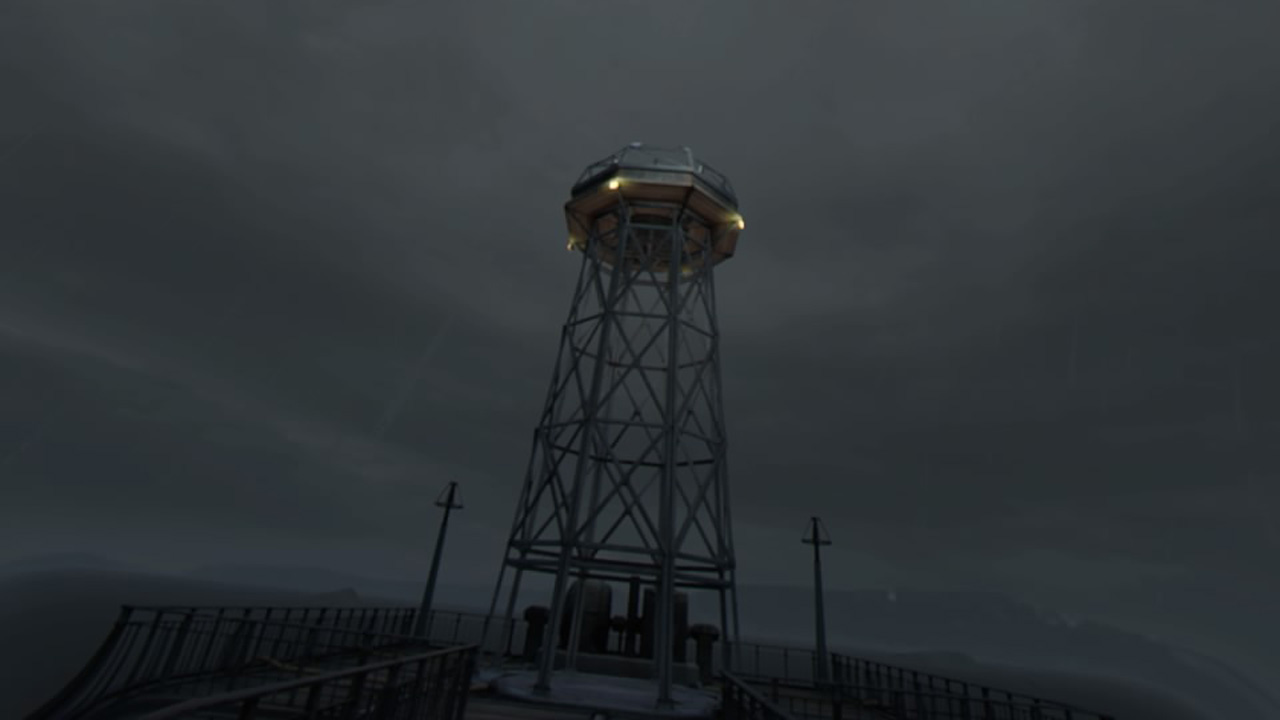
The premise owes more than a nod to the classic board game Cluedo and Victorian murder mysteries. The houses occupants, bar the owner, Nikola Tesla, his butler and his former assistant have all been invited to the house.
As the title is 100% about the narrative, the interactions between characters and the objects that you can examine around the house, I can’t really go into specifics. I can say that it is a rather unique take on the “walking simulator” genre.
Unlike movies, theatre and even games, everything is happening at once. Some characters may be having a conversation downstairs whilst something else is happening elsewhere. It’s up to the player to discover and watch these events, which will require use of the rewind and fast forward controls.
The movement scheme is via teleportation and stepped turns. You can also select a character and have the game cinematically reposition you to follow their movements. This does defeat the object of immersive VR, where you really want to be in amongst the story.
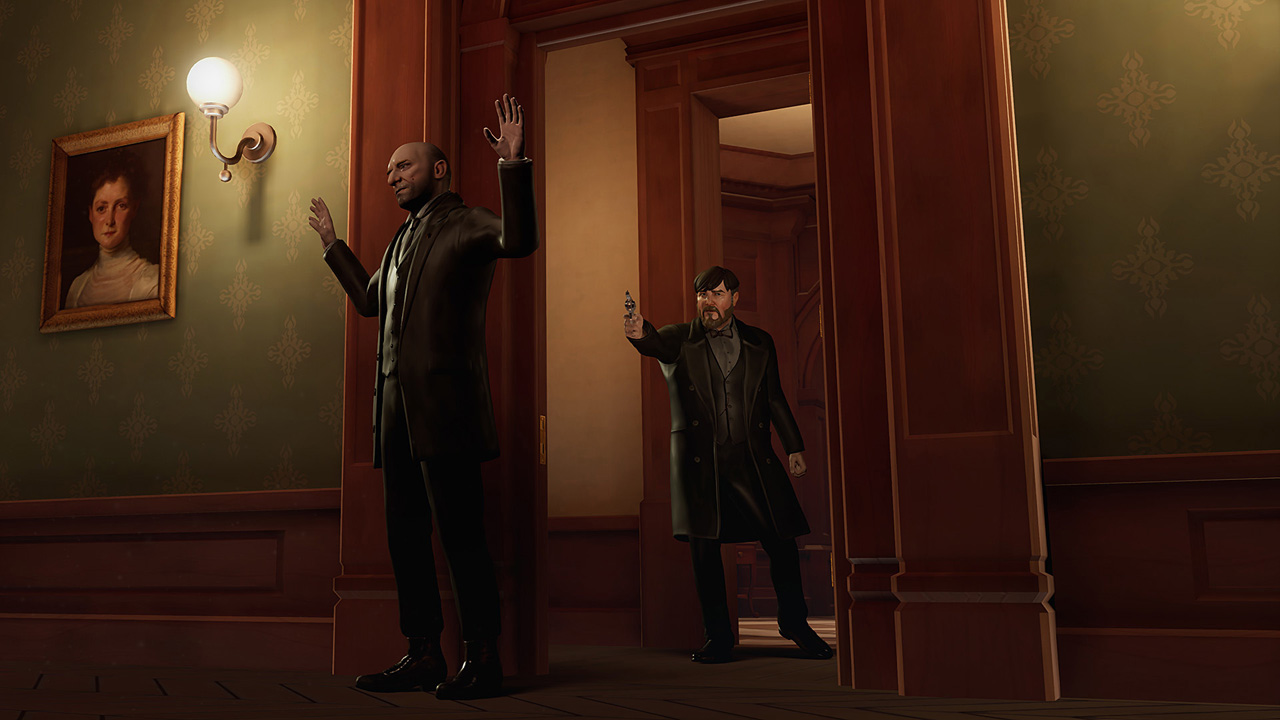
Having long got over VR-sickness, I have preferred to have been able to change the controls to my more usual analogue style. I’d like to just be able to walk about the house without teleporting – a form of VR locomotion that I personally find a bit jarring and really breaks the immersion for me.
The visuals are pretty good. The characters are not really photoreal, more like three-dimensional cartoon characters, and I mean that in the nicest way. The design style fits the story. The environments all look great. The voice acting is very good, and it needs to be in order to pull the experience off.
I enjoyed my time with this title. It really shows how VR can be used for more than just games or passive “experiences”. Whilst it is unlikely that I’d ever want to run through The Invisible Hours more than once, it is something different and I hope to see more of these sorts of titles in the future.
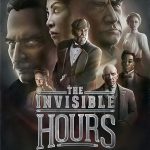
Released: October 2017
Rating: M15+
Platforms: PSVR, PlayStation 4
Genre: Mystery, Thriller, Narrative, Adventure
Developer: Tequila Works
Publisher: Tequila Works</p

